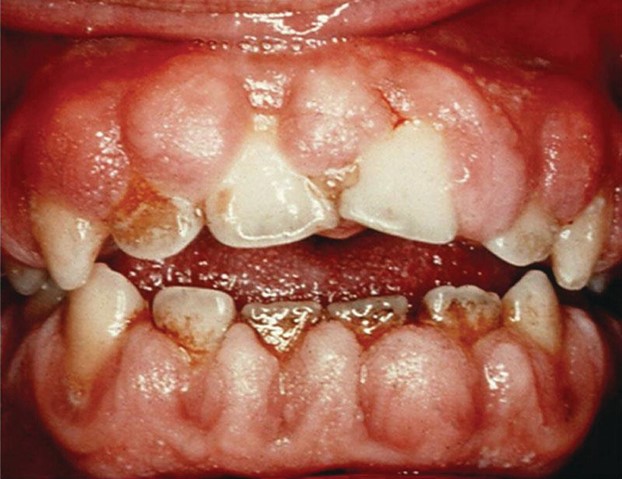A nurse is providing teaching about dietary options for a client who has cholelithiasis. Which of the following statements should the nurse include in the teaching?
"Cauliflower is a good dietary choice.".
"Increase the amount of egg yolks in your diet.".
"Select desserts such as angel-food cake.".
"Eat choice or prime cuts of meat.".
The Correct Answer is C
Choice A rationale:
Cauliflower is not a good dietary choice for a client with cholelithiasis. Cholelithiasis refers to the presence of gallstones, and certain foods, including cauliflower, can exacerbate symptoms in some individuals.
Choice B rationale:
Increasing the amount of egg yolks in the diet is not advisable for a client with cholelithiasis. Egg yolks are high in cholesterol and can contribute to gallstone formation.
Choice C rationale:
This is the correct choice. Desserts like angel-food cake are a better dietary option for a client with cholelithiasis. Angel-food cake is typically low in fat and cholesterol, making it a more suitable choice for those with gallbladder issues.
Choice D rationale:
Eating choice or prime cuts of meat is not recommended for clients with cholelithiasis. These types of meat are often higher in fat, which can trigger gallbladder symptoms.
Nursing Test Bank
Naxlex Comprehensive Predictor Exams
Related Questions
Correct Answer is A
Explanation
Choice A rationale:

Tender, bleeding gums could be a sign of phenytoin-induced gingival hyperplasia, a serious adverse effect of phenytoin. This condition requires immediate medical attention to prevent further complications.
Choice B rationale:
Increased facial hair is not a common adverse effect of phenytoin and may not require immediate medical attention. It could be due to other factors or conditions.
Choice C rationale:
Constipation is a common side effect of many medications, including phenytoin. While it should be monitored, it does not require immediate reporting to the provider unless severe or persistent.
Choice D rationale:
A skin rash can be an adverse effect of phenytoin, but it does not necessarily require immediate reporting unless it is severe, accompanied by other symptoms, or indicative of a serious allergic reaction.
Correct Answer is D
Explanation
Choice A rationale:
Administering morphine intermittent IV bolus every 2 hours is not a suitable intervention for reducing the risk of atelectasis. While pain management is important postoperatively, morphine can depress respiratory function and increase the risk of atelectasis.
Choice B rationale:
Turning the client from side to side every 4 hours is important for preventing pressure ulcers and promoting comfort, but it is not a specific intervention for reducing the risk of atelectasis.
Choice C rationale:
Providing nasotracheal suctioning for 15 to 20 seconds at a time is not a preventive measure for atelectasis. Suctioning may be necessary for airway clearance in certain situations, but it does not address the root cause of atelectasis.
Choice D rationale:
This is the correct choice. Instructing the client to hold the inhaled breath for 2 to 5 seconds with incentive spirometer use is an effective intervention to reduce the risk of atelectasis. Incentive spirometry helps to expand the lungs and improve ventilation, preventing atelectasis after surgery.
Whether you are a student looking to ace your exams or a practicing nurse seeking to enhance your expertise , our nursing education contents will empower you with the confidence and competence to make a difference in the lives of patients and become a respected leader in the healthcare field.
Visit Naxlex, invest in your future and unlock endless possibilities with our unparalleled nursing education contents today
Report Wrong Answer on the Current Question
Do you disagree with the answer? If yes, what is your expected answer? Explain.
Kindly be descriptive with the issue you are facing.
